Glyphosate is the active ingredient in many weedkillers, including Monsanto’s Roundup – used in farming, public places like parks, streets and schools and also by people in their gardens. It is the world’s most widely sold weedkiller.
How is glyphosate getting into our bread?
Many farmers routinely use Roundup and other herbicides to clear their fields of weeds before crops emerge in the spring. But what’s more alarming is they’re also using glyphosate on crops shortly before they are harvested, in order to desiccate (dry out) the plants and make them easier to harvest.
Glyphosate kills parts of the crop that haven’t ripened evenly, and dries the crop. This allows Combine harvesters to move more quickly and cover more ground during harvest, and may reduce drying costs. But applying glyphosate so close to harvest makes the likelihood of finding residues in food even higher.
Glyphosate and human health – the research
Concerns about the dangers of glyphosate to human health have been around for years. There have long been concerns that glyphosate is a hormone disrupter which can cause cancerous tumours, birth defects, and other developmental disorders. If this is the case, as some scientists argue, there is no safe lower level for human consumption.
The chemical companies and the food industry claim the level of glyphosate in food poses no danger to the British public. But recent World Health Organisation (WHO) findings and the chemical cocktail often found in bread sold in the UK bring this into serious question. The amount of glyphosate in bread may sit well below the level deemed unsafe by the EU, but this level has not been re-examined since the WHO’s ‘probable carcinogen’ ruling.
The safety regulators in the UK and EU only look at glyphosate on its own, often referring to unpublished industry studies that aren’t publicly available and have never passed peer review or been exposed to expert critique. But in the real world, glyphosate is always mixed with other chemicals to make sure the glyphosate sticks to and penetrates the plants it’s sprayed on. The International Agency for Research on Cancer (IARC) panel looked at what farmers are actually using.
Reviewing published, peer reviewed research and scientific studies, the Agency examined data on the impact of commercially available glyphosate-based herbicides, like Roundup, to determine that it is “probably carcinogenic to humans”.
Can UK farmers use less glyphosate?
The chemical companies encourage wheat farmers to use glyphosate not only as a weedkiller but also as a pre-harvest desiccant (i.e., a drying agent). But even the industry-funded Agriculture and Horticulture Development Board advises farmers that there is no advantage—and some risk—in using glyphosate this way:
- “Trials in England and Scotland showed no advantage – in terms of grain and straw moisture content, harvest efficiency or grain quality – where weed-free wheat crops were treated.”
- “Serious yield losses can occur when much of the grain is well above 30% moisture content. This highlights the potential risk of using pre-harvest glyphosate to ‘even up’ harvesting. Residues are likely to be higher if glyphosate is applied to such moist grain.”

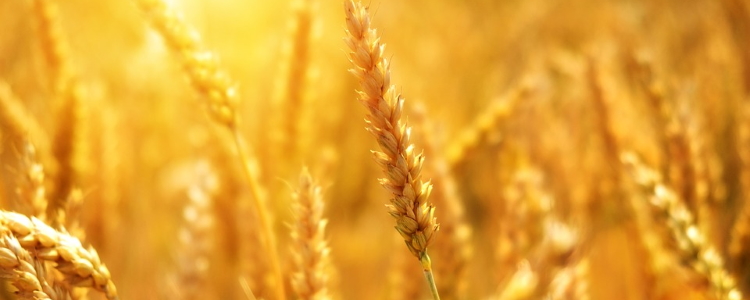
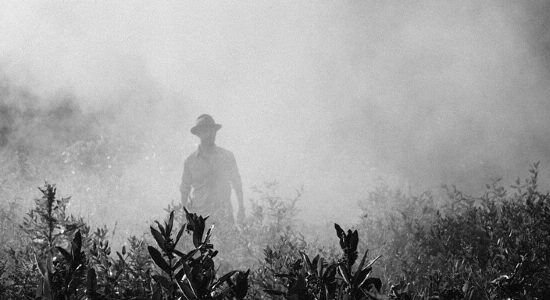
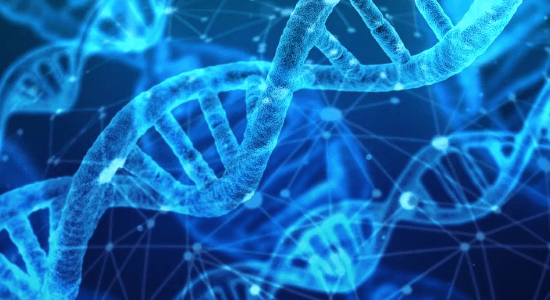
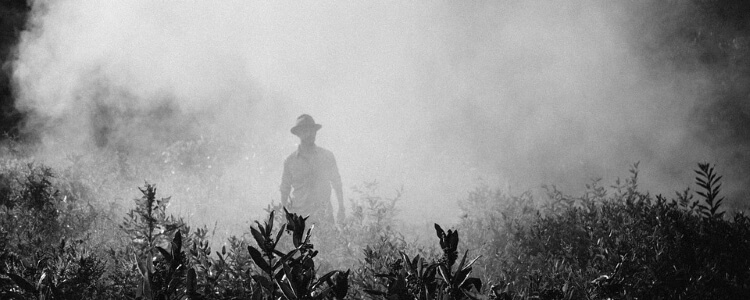
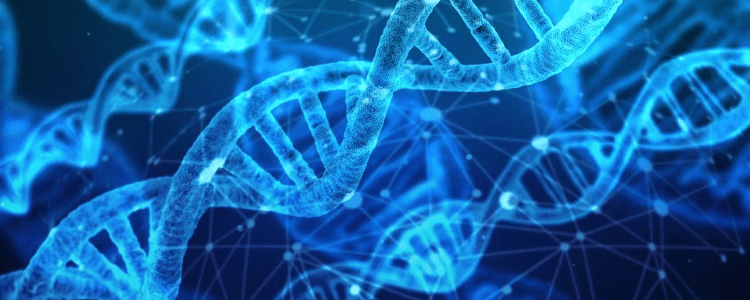
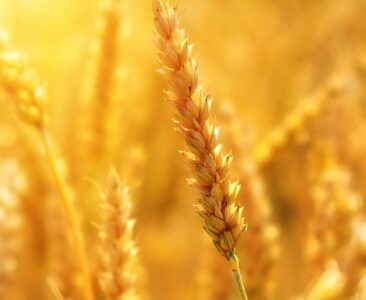
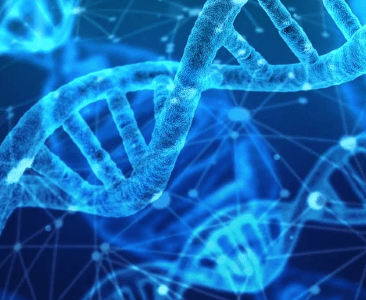
No Comments
Be the first to start a conversation